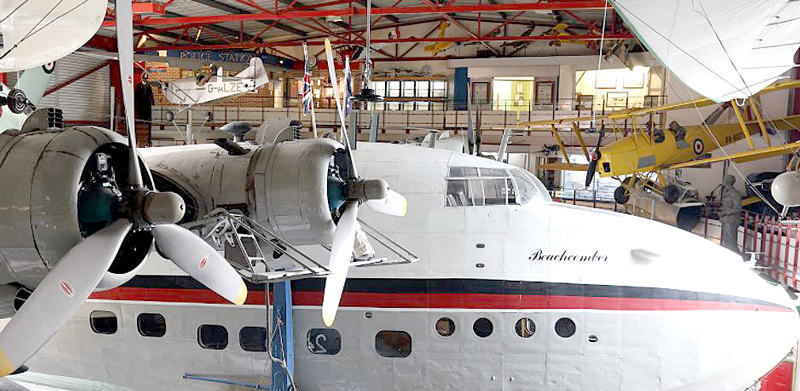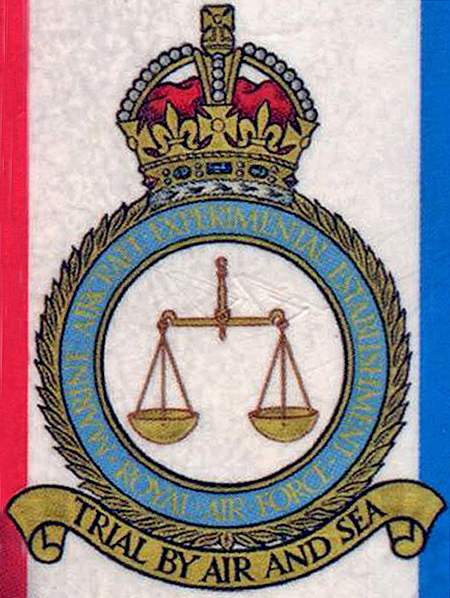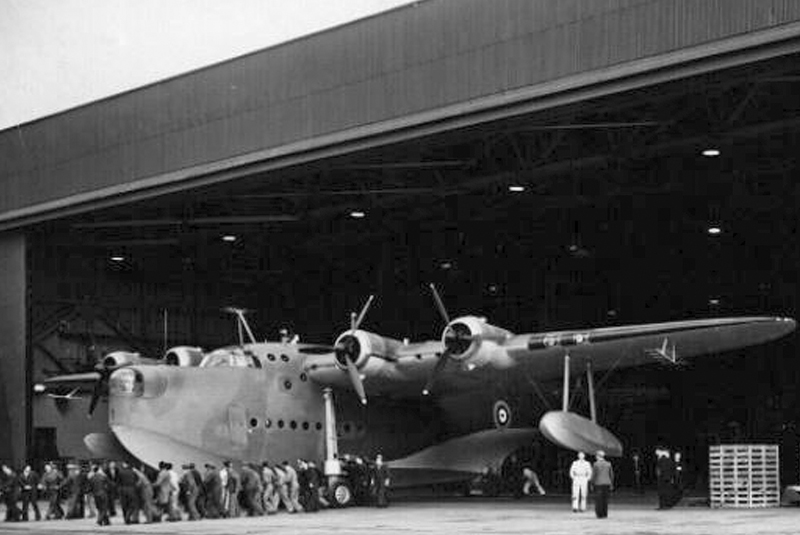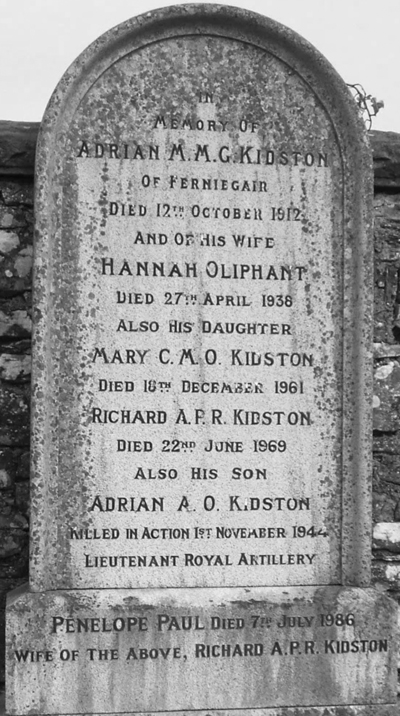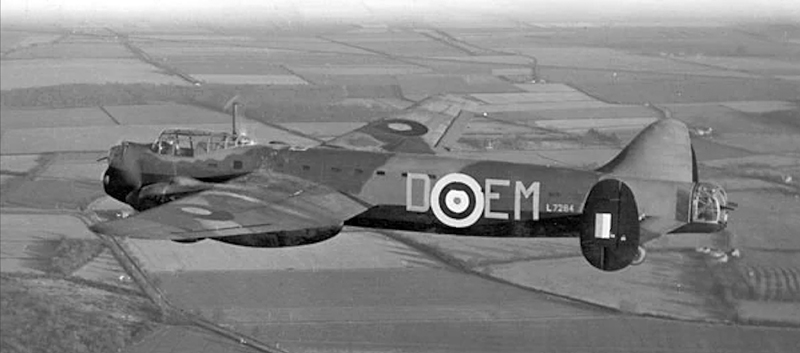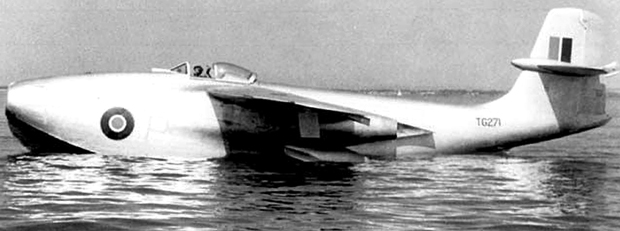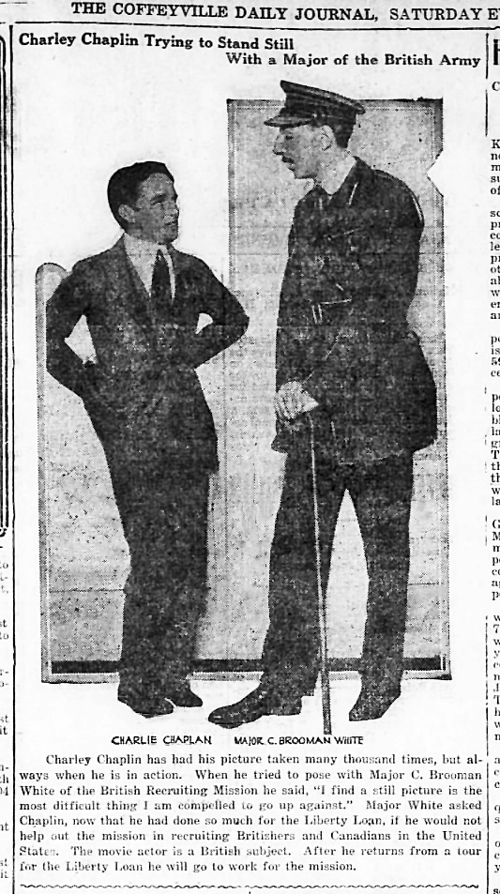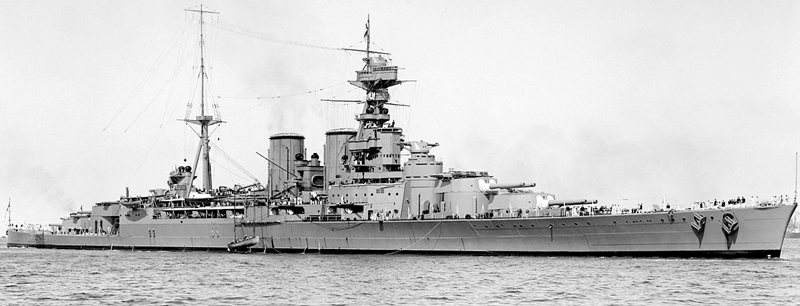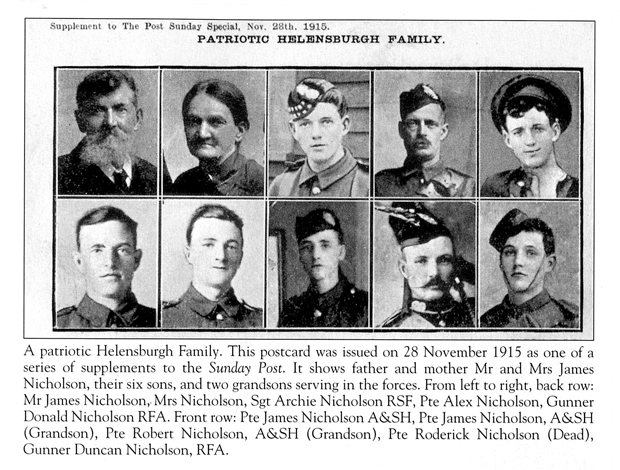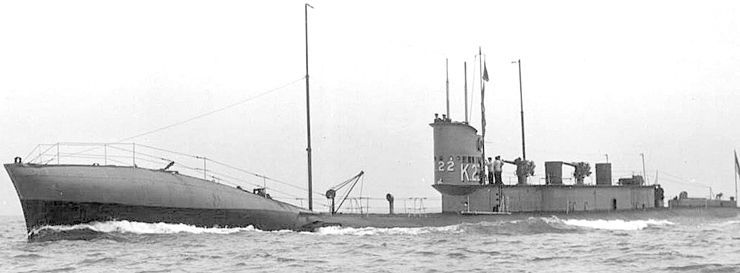OF THE scores of flying boats and seaplanes belonging to RAF Helensburgh during World War Two, only one remains today.
Military
Art was used in MAEE reports
ARTISTS, photographers, wordsmiths, all had a role to play at RAF Helensburgh during World War Two.
Sunderlands tested at Rhu
RAF HELENSBURGH had close links with the Blackburn Aircraft Company in Dumbarton during World War Two.
Officer killed in WW2 landing
A YOUNG Helensburgh army officer who served in Britain’s only Mountain Division in World War Two lost his life in a seaborn attack.
Burgh pilot died on Ruhr raid
A HELENSBURGH man lost his life piloting a bomber in a night raid on the industrial Ruhr area of Germany during World War Two.
Like father — like son
A TEST pilot at RAF Helensburgh during World War Two had a son who he would be very proud of.
Lochside officer earned CBE for WW1 service
A MEMBER of a well-known Loch Longside family, who was honoured after a successful military career, also had a colourful private life.
Major Charles James Brooman-White CBE, whose son was to become Under-Secretary of State at the Scottish Office, had the odd problem with the law in his youth, was named in a divorce action, and in later life left his wife to live with another woman.
Voo-Doo glider mission not repeated
VOO-DOO was used once in World War Two. Its use in 1943 is not widely known, and less so its link to Helensburgh.
‘Voo-doo’ was a Hadrian glider towed across the Atlantic Ocean by a two-engined Dakota. The dangerous, never before attempted mission took off from Montreal in Canada.
Officer lost life when HMS Hood exploded
A HELENSBURGH man was one of the ship’s company declared ‘missing believed killed’ when the battlecruiser HMS Hood was shelled and sank on May 24 1941.
The sinking by the German battleship Bismarck was one of the largest World War Two losses of life for the Royal Navy, and it sparked a huge pursuit of the Bismarck, which was destroyed three days later.
Pilot Dana made aviation history
THE CAPTAIN who ferried Consolidated Coronado JX470 to RAF Helensburgh in April 1943 had earned a place in aviation history.
Dana Gentry could have told test pilots at the officers mess in Rhu of his flying exploits crossing the Atlantic, if he had the mind to.
Two families at war
CONSIDERABLE research has been undertaken into the parts played by Helensburgh and district men and women in both World Wars.
But there are still many gaps, including details of the huge contributions of two burgh families about which much more information is wanted.
Churchill's Catalinas modified at Rhu
THE ‘Lend Lease’ Consolidated Catalina flying boats on the way to World War Two’s RAF Helensburgh for testing and modifications had to make a hazardous non-stop flight across the Atlantic.
Ferry pilots landed first at Greenock, the reception destination, descending through cloud into fields of mushroom-like barrage balloons.
K-13 Submarine Disaster: part four
ONE of the saddest events in the history of the Gareloch is the K13 submarine disaster, which took place on January 29 1917.
The vessel was taking part in its final sea trials when seawater entered its engine room, causing an explosion.



